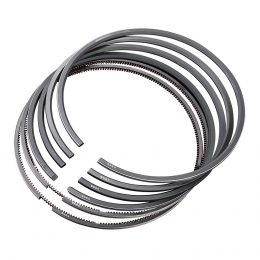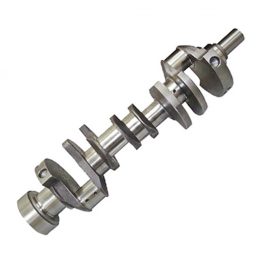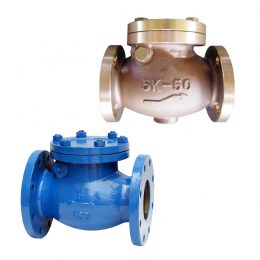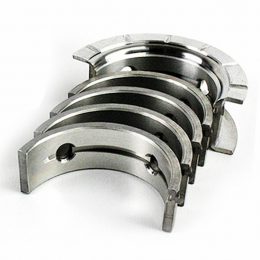What Is a Marine Radio Survey?
What’s a Marine Radio Survey?
Maritime radio surveys enable ships to navigate specific sea areas by verifying and confirming their readiness with the help of qualified radio inspectors.
It is a set of test procedures performed by a qualified radio inspector to verify and confirm that the communication, navigation and safety equipment on board is fully functional.
Various test procedures are performed to enable communications, navigation, and inspection of safety equipment on board. Radio surveys ensure the safety and security of the vessel without causing damage to the vessel or persons on board.
Radio measurements should be performed using test equipment capable of performing all relevant measurements required by SOLAS Chapter IV and the guidelines specified in IMO Resolutions A.997 and A.948.
Who needs Marine Radio Equipment?
Under SOLAS, all ships over 300 gross tonnages must carry radio and other communications equipment.
Communication equipment and services on board ships are regulated internationally in three distinct areas: transport requirements are covered by SOLAS; regulations on maritime radio use detailed in the International Radio Regulations developed by the International Telecommunication Union (ITU); operations covered by STCW business certification. Any regulations imposed by the flag state or restrictions imposed by the port state can be added to these terms when the ship is in the territorial sea.
The initial and annual radio survey, issuance, renewal and endorsement of the Radio Safety Survey Certificate for SOLAS Ship Radio Installations shall be carried out in accordance with the rules set out in IMO Resolution A.1120(30).
Radio measurements should always be carried out by a fully qualified radio surveyor who is fully aware of the relevant IMO conventions, in particular SOLAS and related performance standards, as well as the appropriate ITU Radio Regulations. Radio measurements should be carried out using suitable test equipment capable of performing all relevant measurements required by this guideline.
SOLAS Shipping Requirements
As far as SOLAS is purely for safety, search and rescue and security requirements, the transport requirements are valid. These will cover voice and electronic communications and the use of lights, sounds and pyrotechnics.
It is considered very important that responsible radio operators (holding a GOC or ROC certificate) are properly instructed and trained in how to use GMDSS radio equipment.
The International Convention on Standards of Training, Certification, and Watchkeeping for Seafarers, 1978 (substantially revised in 1995 and 2010) requires that radio operators performing watch duties shall: 1. Ensure that the watch is maintained on the frequencies specified in the Radio Regulations and SOLAS Convention; 2. During the watch, regularly check the operation of the radio equipment and its energy source, and report any malfunction of this equipment to the master.
The radio operator’s radio license and certificate should be checked during the investigation.
Passenger ships shall be subject to the following surveys:
- Preliminary survey before the ship is put into service;
- a renewal survey every 12 months, unless paragraphs 14(b), (e), (f) and – apply;
- Additional investigations, subject to availability.
Cargo ships are to be maintained:
- Survey of life-saving equipment and other equipment of cargo ships
- Cargo Ship Radio Installation Survey
- Survey of cargo ship structure machinery and equipment.
- Cargo Ship Radio Installation Survey
The annual safe radio survey includes:
- Check the availability and validity of documents on board, such as radio operator license, radio safety certificate, shore-based maintenance certificate, radio operator qualification certificate, ship radio station license, radio equipment list, radio logbook, ITU publications things, etc.;
- Comprehensively check the operability of all GMDSS equipment according to the certified operating area of the ship;
- Check the location where the GMDSS equipment is located. There should be drawings, and diagrams showing the procedure of the ship responding to distress signals, the license plate with the ship’s name and the identification number of the ship’s radio station, etc.;
- Check the location and installation of the unit, power strip and charger, and radio equipment battery;
- Check the condition of the cable network, grounding, ventilation, and lighting.



